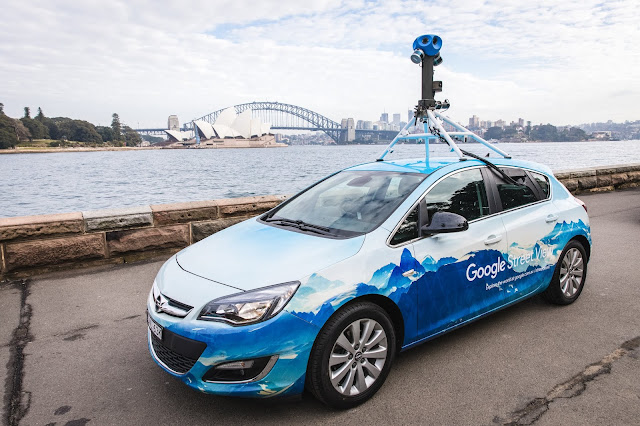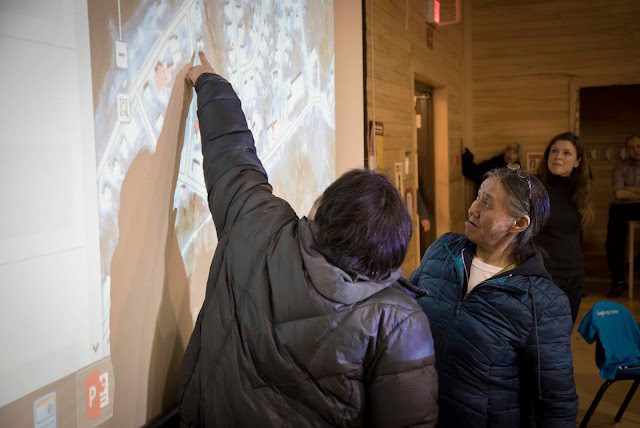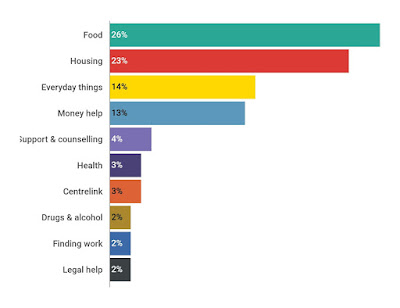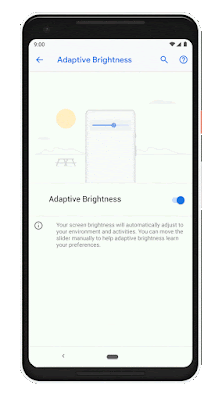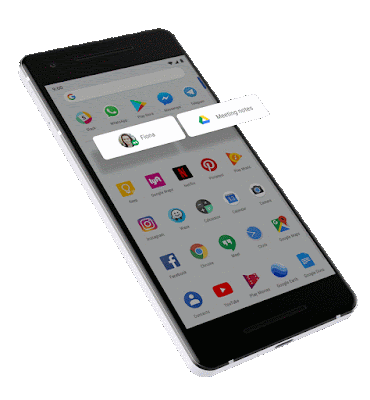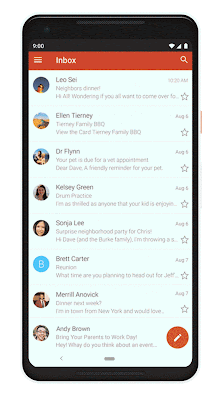The shift to digital has had a transformational effect on the news industry. To help news publishers manage that transition, earlier this year we announced the Google News Initiative, focused on elevating quality journalism, enabling new business models, and empowering news organizations to innovate through technology.
Publishers are also managing a similarly dramatic change in the way they build and run their organizations. Every aspect of publishing is being affected as publishers rethink how they collaborate, improve reader engagement and grow their bottom line via data and insights. Google Cloud presents an opportunity to manage this transition in a smart and meaningful way.
Many of the world’s leading publishers are using Google Cloud to improve the way they run their businesses and bring the news alive for their readers. Nielsen supports its nearly 45,000 employees in 100 countries with real-time collaboration, cost-effective video conferencing and more via G Suite. And the New York Times uses Google Cloud to encode and preserve their entire photo archive of millions of photos—putting a powerful resource in the hands of their reporters.
This shows what’s possible when publishers get access to cloud-native technology—and we want to open up these opportunities to publishers of all sizes.
Today we’re introducing the Google News Initiative Cloud Program, aimed at supporting local, small and medium-sized news organizations from around the world and helping them unlock their own imaginative solutions to business and storytelling.
Starting today, we will offer 200,000 free G Suite licenses for up to two years. News organizations with fewer than 500 employees can apply for up to 500 licenses.
G Suite is Google’s cloud-based intelligent productivity suite designed to help teams securely collaborate, iterate and innovate together in real time, using a suite of popular applications such as Gmail, Docs, Drive, Hangouts and Calendar. These products can help keep newsroom data secure and enable editors in the office and reporters in the field to collaborate and edit copy on a story in real time.
Additionally, applications will soon be open for Google Cloud Platform credits to go towards a variety of Google Cloud Platform products. We’ll provide more details about this program at Cloud Next London in October.
News organizations will be able to use the Cloud credits to modernize their business in a variety of areas, from app development to data analytics and machine learning.
These steps are the latest in the GNI’s effort to partner with publishers around the world to help journalism thrive in the digital age. Applications for G Suite licenses as part of the Google News Initiative Cloud Program are now live on our website.
